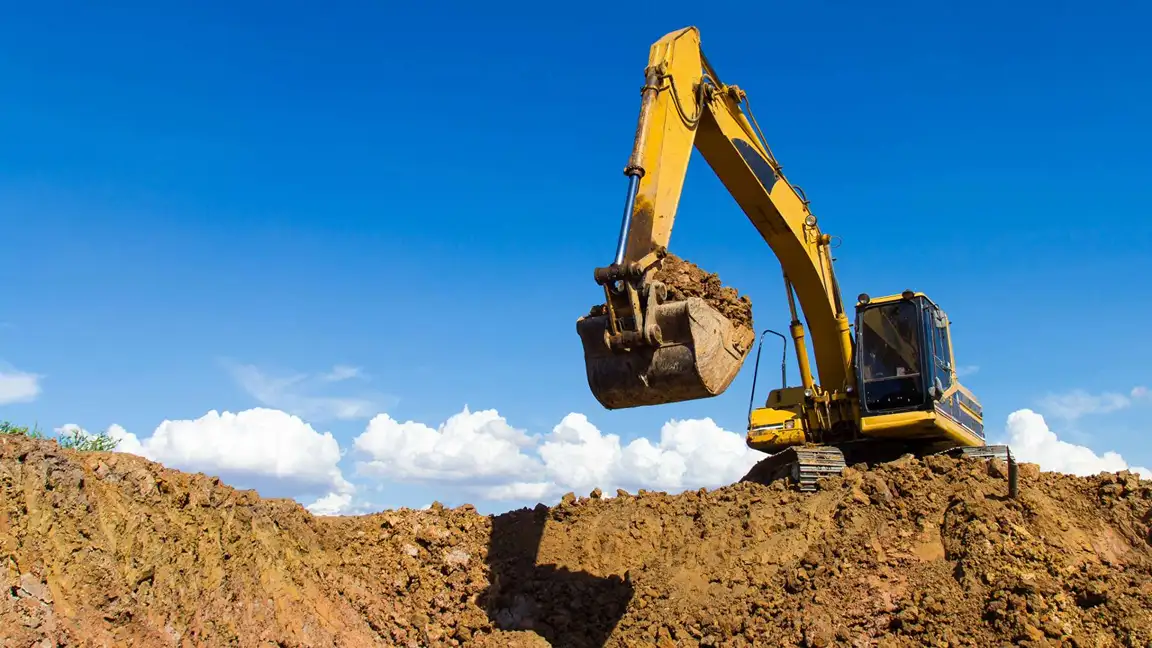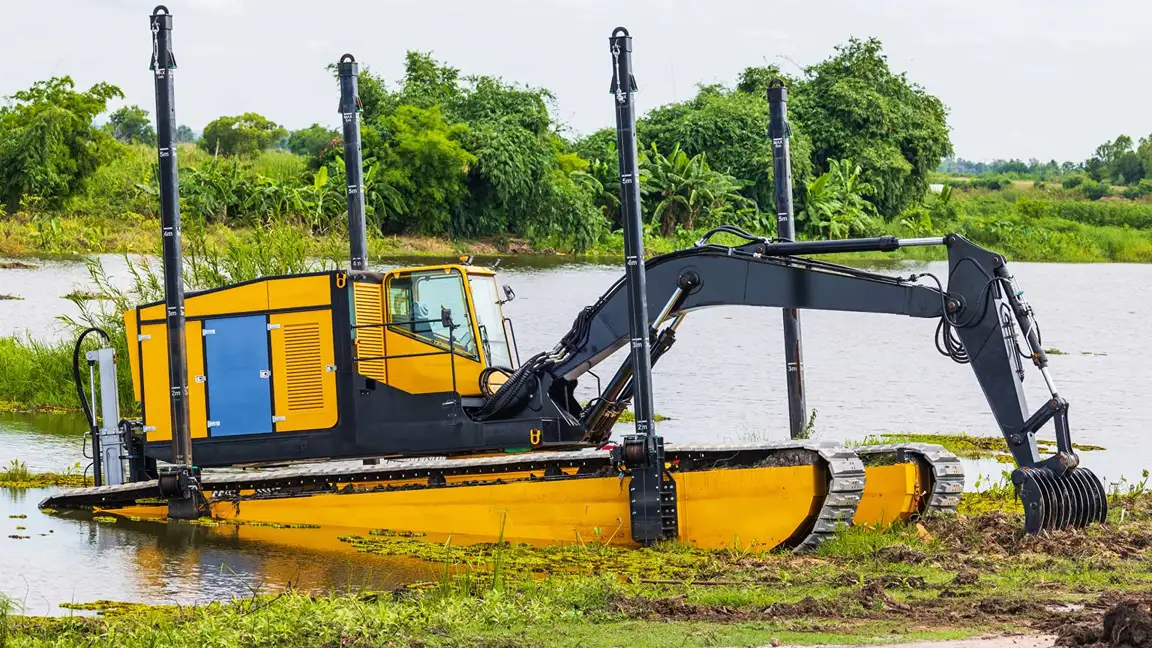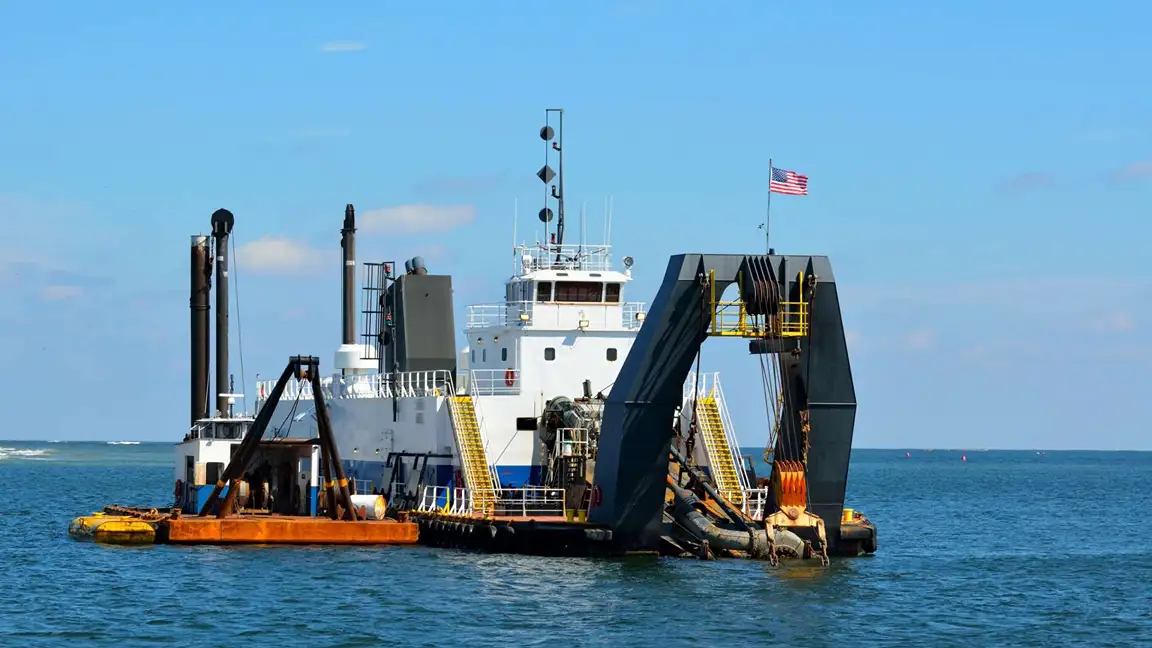Introduction
When planning any type of water maintenance or restoration project, understanding dredger cost is one of the most critical steps for managing your budget effectively. Whether you’re a residential property owner dealing with a silted-up pond or a commercial contractor overseeing a large-scale infrastructure project, dredger cost can vary widely depending on several key factors such as equipment type, project size, and location. One of the most common scenarios where people seek clarity is the cost to dredge a pond, especially when it’s tied to restoring aesthetics, increasing water depth, or improving overall aquatic health. Knowing the average pond dredging cost is essential not just for financial planning but also for making smart decisions about when, how, and with whom to begin the work. This guide is designed to provide an in-depth overview of the pricing elements that influence dredging and help you set realistic expectations for your upcoming project.
1. What Is Dredging and Why It Matters
1.1 Definition and Purpose
Dredging is the process of removing sediment, debris, or unwanted materials from the bottom of water bodies such as rivers, lakes, ponds, and coastal areas. Over time, this buildup can reduce depth, affect water quality, and limit the usability of aquatic environments. Knowing the dredger cost is essential when sediment begins to interfere with environmental balance or infrastructure. Whether for restoration, flood prevention, or improved navigation, dredging plays a critical role. For smaller-scale efforts, the cost to dredge a pond is often a primary concern, and understanding the typical pond dredging cost helps property owners and planners make smarter financial and operational choices.

1.2 Common Types of Dredging Projects
Dredging is performed for a wide range of purposes, each with its own technical requirements and financial considerations. Maintenance dredging is essential for keeping waterways, harbors, and canals navigable by removing accumulated sediment. Environmental dredging, on the other hand, targets contaminated sediments to restore water quality and protect ecosystems. Restorative dredging is commonly used to rejuvenate ponds, lakes, and wetlands by removing organic buildup or debris. Capital dredging supports new construction projects, such as expanding ports or developing waterfront infrastructure.
Each type of dredging demands different methods, timelines, and equipment, which directly affects the overall dredger cost. For instance, when evaluating the cost to dredge a pond, it may initially appear to be a simple task. However, factors such as sediment composition, depth variations, and access limitations can significantly affect the final pond dredging cost. Understanding the specific purpose of your dredging project helps you set a more realistic budget and ensures the most effective strategy is used from the start.
2. Key Factors Influencing Dredger Cost
Understanding what goes into dredger pricing means looking at key variables like equipment type and project location. These elements directly influence the overall dredger cost and help determine the cost to dredge a pond. For those planning pond restoration or sediment removal, considering these factors leads to a clearer and more realistic pond dredging cost.
2.1 Type of Dredging Equipment
The equipment used is a major factor in overall dredging expenses. Cutter suction dredgers (CSDs), with rotating cutters to break through compacted materials, are ideal for heavy-duty work but come with higher operational demands. Auger dredgers, designed for precision in small or confined areas like ponds, are more cost-effective when considering the cost to dredge a pond. They’re a practical choice for managing pond dredging cost on smaller projects. Suction dredgers handle soft materials like silt efficiently and are generally more affordable, though limited in application. Bucket and clamshell dredgers work well in tighter spaces but tend to be slower, increasing labor time. Amphibious dredgers, capable of operating in marshy conditions, offer flexibility but require specialized investment. Each option affects not just performance but the total dredger cost and should be matched carefully to the project’s needs.

2.2 Scope and Size of the Project
The scope and size of a dredging project play a major role in determining overall expenses. Larger surface areas and greater depths demand more time, fuel, and equipment, which significantly impacts dredger cost. Projects involving hundreds of thousands of cubic yards of material naturally require more resources and longer timelines. This also affects the cost to dredge a pond, especially when dealing with larger or irregularly shaped bodies of water. Since most contractors price by the cubic yard—typically between $10 and $40—knowing the volume of material to be removed allows for more accurate pond dredging cost estimates. Project duration is another key factor, as longer operations increase labor, equipment wear, and logistical needs, contributing to the total dredger cost.
2.3 Material Being Dredged
The type of material being removed from the waterbed greatly impacts dredging expenses. Fine silt and loose sand are easier to extract, requiring less power and causing minimal wear on equipment, which helps keep dredger cost manageable. In contrast, compacted clay or coarse sand demands more robust machinery and longer operation times. Gravel and rocky beds cause more equipment stress, driving up maintenance needs. Contaminated sediments require specialized handling, testing, and disposal, which can significantly raise the cost to dredge a pond and increase the pond dredging cost by up to five times. Choosing the right method for the specific material is key to avoiding unnecessary increases in dredger cost.
2.4 Location and Accessibility
The geographic location and ease of access to a dredging site can significantly impact project pricing. Transporting heavy equipment to remote or difficult-to-reach areas increases fuel use and labor, contributing to a higher overall dredger cost. If site preparation is needed—such as clearing vegetation, building access roads, or stabilizing shorelines—these additional steps raise initial project expenses. For example, the cost to dredge a pond in a secluded or forested area may rise due to these logistical demands. On-site accommodations for crew or long daily commutes also add to operational costs. Furthermore, the distance to an approved disposal site affects the total pond dredging cost, as longer hauls increase transportation time and fuel expenses, ultimately influencing dredger cost efficiency.
2.5 Environmental and Legal Compliance
Compliance with environmental regulations can be a hidden but substantial contributor to dredger cost. Projects often require permits, environmental studies, and pre-dredging assessments—especially when wetlands or protected habitats are involved. These steps not only delay start dates but also add legal, consulting, and monitoring fees to the overall dredger cost.
Permitting alone can range from a few hundred to several thousand dollars, depending on the project’s scope and location. In more complex scenarios, mitigation measures like wildlife relocation, habitat restoration, or water quality monitoring may be required, increasing costs by 10% to 30%. Ignoring these regulatory components can lead to penalties, work stoppages, or forced redesigns—all of which escalate dredger cost unexpectedly.
2.6 Labor and Operational Costs
Labor and ongoing operations represent a major portion of total dredger cost. Skilled workers—including operators, marine engineers, environmental monitors, and safety personnel—come at a premium, with hourly rates ranging from $50 to over $150 depending on expertise and location. Larger crews or continuous operations (like 24/7 shifts) increase the dredger cost substantially. Beyond wages, operational expenses such as fuel, oil, and unexpected equipment breakdowns also pile onto the final budget. For smaller-scale work, like a residential project, these labor and operational elements can be the most dominant part of the cost to dredge a pond. As such, pond dredging cost estimates must carefully account for not only how long the project will take, but also how many people and resources will be needed to complete it efficiently without inflating the dredger cost.
3. Breakdown of Common Dredging Costs
Let’s break down the cost structure of a typical dredging project into major categories:
3.1 Equipment Costs
- Rental: Most projects rent dredgers; daily rates can range from $1,000 to $5,000 or more depending on size
- Transport and mobilization: May cost $10,000 to $100,000 for heavy dredgers
- Fuel and maintenance: Add significant daily operational expenses
3.2 Labor and Support Staff
- Wages for operators, technicians, divers (if needed), and project managers
- Travel and accommodation if off-site crews are required
3.3 Permitting and Compliance
- Regulatory paperwork, surveys, and ecological assessments
- Wildlife protection and water quality monitoring
3.4 Material Handling and Disposal
- On-site disposal: Cheapest option, but not always allowed
- Off-site hauling: Increases costs due to transport and tipping fees
- Disposal of hazardous material: Special facilities and protocols, dramatically increasing cost

4. Focus on Pond Dredging Cost
4.1 Why Pond Dredging Is Needed
Over time, ponds accumulate sediment, resulting in:
- Reduced depth
- Algae blooms due to nutrient overload
- Decreased water clarity
- Loss of fish habitats
Dredging restores the pond’s health, aesthetics, and usability.
4.2 How Much Does It Cost to Dredge a Pond?
The cost to dredge a pond depends on its size, access, and the type of sediment. Here’s a rough estimate:
- Per cubic yard: $10 to $30
- Per acre: $1,000 to $5,000
- Total project: $5,000 to over $50,000 for residential and small commercial ponds
4.3 Factors Influencing Pond Dredging Cost
- Access to the site: Tight access increases equipment and setup cost
- Depth of sediment: More depth = more cubic yards = higher cost
- Disposal method: On-site spoiling vs. off-site trucking
- Permitting: May still be required, depending on local regulations
4.4 Case Example
A 1-acre pond with moderate silt buildup (around 1.5 feet deep) could require removing roughly 2,400 cubic yards of material. At an average of $20 per yard, the dredging would cost $48,000, not including mobilization or permitting.
5. How to Budget for a Dredging Project
Budgeting for dredging isn’t just about calculating costs—it’s about understanding where and how those costs arise.
5.1 Steps to Create a Dredging Budget
- Conduct a Site Assessment
- Survey water depth and sediment type
- Measure total volume to be dredged
- Survey water depth and sediment type
- Define Scope and Timeline
- Is this maintenance, restoration, or new construction?
- Consider seasonal timing for cost and compliance efficiency
- Is this maintenance, restoration, or new construction?
- Get Multiple Quotes
- Contact at least three dredging contractors
- Ensure quotes are apples-to-apples: same scope, equipment, and disposal method
- Contact at least three dredging contractors
- Include Permitting and Legal Costs
- Budget for studies, applications, and legal review
- Budget for studies, applications, and legal review
- Account for Contingencies
- Add 10–20% for unexpected delays, equipment issues, or material changes
- Add 10–20% for unexpected delays, equipment issues, or material changes
6. Cost-Saving Tips Without Cutting Corners
Reducing dredging costs doesn’t have to mean sacrificing quality. With smart planning and informed decisions, you can control dredger cost, manage the cost to dredge a pond, and keep expenses within budget—without cutting corners.
6.1 Plan in Advance
Early planning helps secure better pricing, avoid seasonal rushes, and ensure permits are ready on time. It also gives room to evaluate different contractors and solutions before committing.
6.2 Use the Right Dredger
Match equipment to your project size. Oversized dredgers burn excess fuel and inflate dredger cost, while undersized ones slow progress and raise labor costs. The right fit ensures a smoother process.
6.3 Minimize Material Transport
Transporting spoil can be costly. If permitted, reuse or store dredged material on-site to reduce hauling expenses, making the cost to dredge a pond much more manageable.
6.4 Hire Experienced Contractors
Experienced contractors complete jobs faster and with fewer errors, helping you avoid delays and added expenses. Their expertise also helps reduce surprises during the dredging process.
6.5 Bundle Services
Opt for companies offering full-service packages, including dredging, permitting, and disposal. Bundled pricing can be more economical and simplifies project coordination.
Conclusion
Dredger cost is influenced by a wide range of factors—from the type of equipment used to site location, sediment type, and compliance with environmental regulations. Whether you’re handling a small-scale pond cleanup or a larger marine excavation, it’s important to assess all the variables that contribute to the total project expense. Even seemingly simple tasks, such as pond restoration, can become unexpectedly complex without a thorough understanding of these elements.
Accurate budgeting comes from evaluating the full scope of the project, including permitting, equipment mobilization, material disposal, and labor. Understanding these cost drivers upfront helps reduce surprises, supports more effective decision-making, and results in better long-term outcomes.
Working with experienced contractors, asking for transparent quotes, and accounting for site-specific challenges can go a long way in controlling dredger cost. With a proactive approach, you can achieve a project that’s cost-efficient, environmentally sound, and completed to your expectations.
